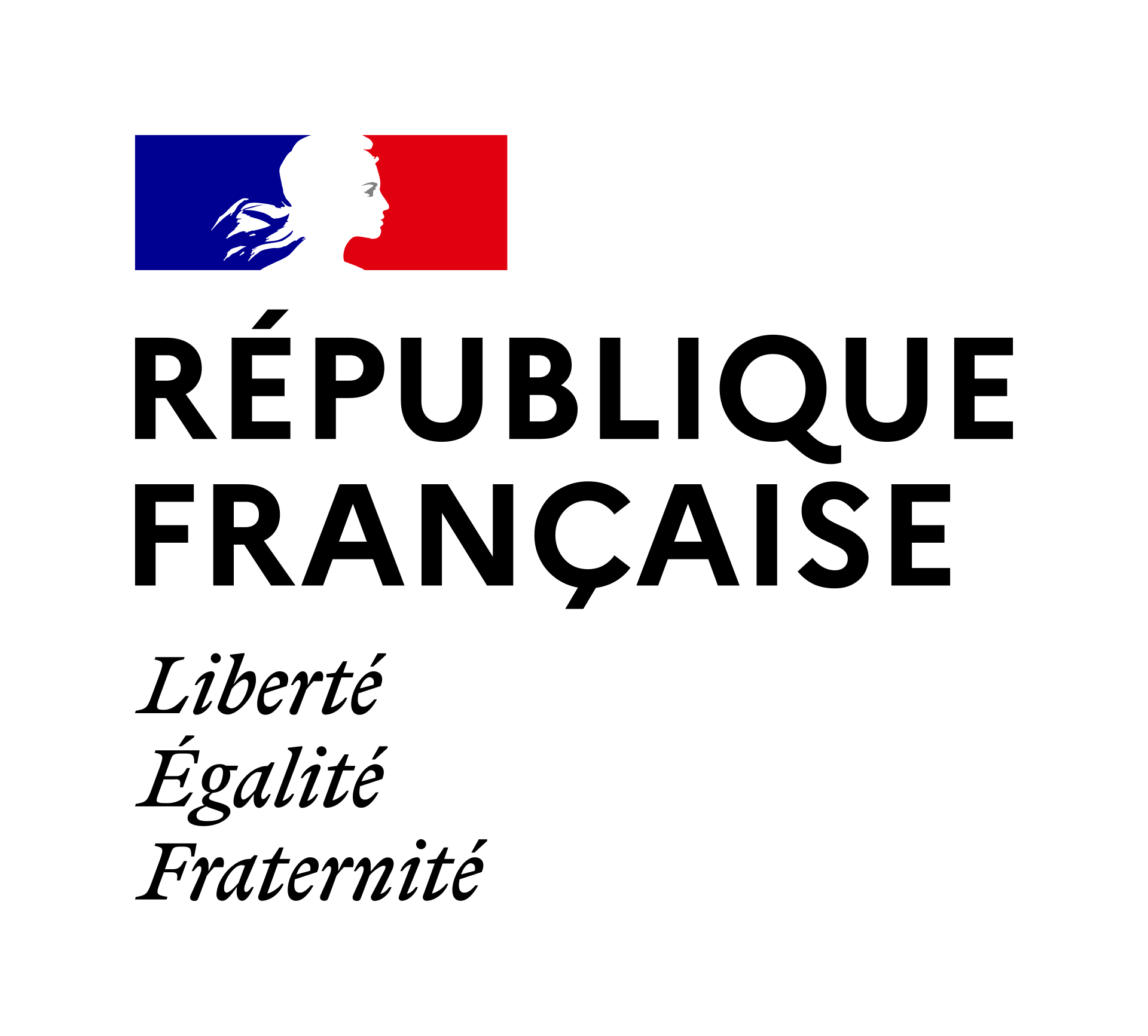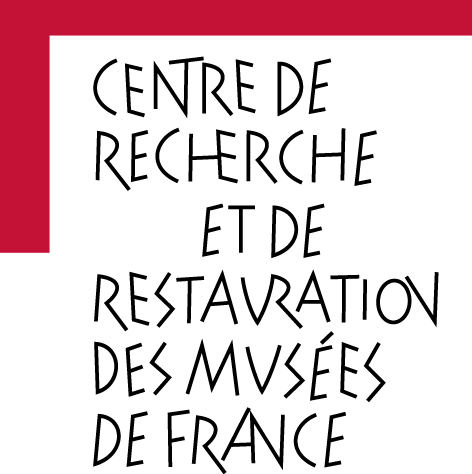The first evaluation of diagenesis rate of ancient bones by laser- induced breakdown spectroscopy (LIBS) in archaeological context prior to radiocarbon dating
Résumé
We provide in this study a new application of laser-induced breakdown spectroscopy (LIBS) to evaluate whether ancient bones contain sufficient organic material before radiocarbon dating, which can avoid a complex preliminary analysis on the samples or unnecessary sampling. We first examined the plasma induced by UV (266 nm) ns-laser on pellets of compressed bone powder, and in a second step the plasma induced on raw bones using different gas environment. Firstly, we carried out a common method of analyzing the organic material using LIBS by observing C-N band emission in Ar-He mixture environment, the sample of non-undergone significant diagenesis, which contents enough collagen, can be well discriminated for further radiocarbon dating. Then spectral emission from nitrogen and carbon atoms was also recorded for these two types of samples in He and air environments. Calibration curves for carbon and nitrogen concentration of the bone were built to indicate the residual amount of collagen after undergoing the diagenesis (or degradation) and also to illustrate the possible carbonaceous pollution. The results proved that even if only several µg of material is analyzed for each laser shot, LIBS has a potential to carry out in situ measurements in archeological context while simultaneously performing a quantitative analysis.
| Origine | Fichiers produits par l'(les) auteur(s) |
|---|
Loading...


